Driving predictive quantum chemistry with workflows based on highly efficient electronic structure theory methods
- Speaker:
- Time:16:15 - 16:45
-
Abstract
Christoph Bannwarth
RWTH Aachen University
The ability to predict molecular properties and chemical reactions using quantum chemistry methods becomes increasingly important in advancing the computer-aided design of molecules and materials. In this context, it is necessary to explore the conformational (and configurational) space along one or multiple potential energy surfaces (PESs). This exploration must be carried out efficiently, as the conformational space grows at least exponentially with the system size. At the same time, modeling the PESs requires the use of a transferable method rooted in quantum mechanics, as unknown regions of the potential energy surface are visited during the exploration.
In our group, we primarily use semiempirical electronic structure theory, such as the previously developed GFN2-xTB,[1] in combination with efficient structural sampling techniques.[2] One of our interests lies in the simulation of photo-induced processes. In particular, the S1/S0 minimum energy conical intersection (MECI) geometries are emblematic for the non-radiative decay to the electronic ground state. We could demonstrate that T1/S0 state crossing points obtained from GFN2-xTB closely resemble these S1/S0 MECI geometries but can be sampled very efficiently using existing conformer search algorithms.[2] It will be shown how this approach has enabled the elucidation of the mechanism of different photocatalytic deracemizations.[3]
In this talk, also ongoing work in our group on accelerated conformational sampling for large molecules will be presented. Here, the torsional coordinate space is explored, while the exponential scaling of the conformational sampling problem is reduced to polynomial by leveraging rank-reduced optimization techniques. Furthermore, a very fast double-ended approach for generating transition state guess geometries will be discussed. The efficiency of this approach leads to the subsequent transition state optimization being the overall rate-determining step. Both ongoing developments are aiming towards predictive simulations of large molecules including the sampling of rate constants of key processes.
Another topic covered becomes increasingly important in automated quantum chemistry workflows
and data-driven chemistry: We recently developed a novel molecular identification (MolBar [4]) tool that, irrespective of the conformer, converts the 3-dimensional geometry (given in Cartesian coordinates) to a unique string of numbers generated as eigenvalues of different connectivity and idealized topography matrices. MolBar can describe almost all forms of stereochemical information (atropisomerism being the only exception now) including non-central chirality. This makes it clearly superior to popular procedures relying on identifiers like SMILES and InChI. It has become an essential tool employed in our automated workflows that involve procedures for configurational sampling and reaction discovery.
[1] C. Bannwarth, S. Ehlert, S. Grimme, J. Chem. Theory Comput. 2019, 15, 1652.
[2] a) P. Pracht, C. Bannwarth, J. Chem. Theory Comput. 2022, 18, 6370. b) P. Pracht, C. Bannwarth, J. Phys. Chem. Lett. 2023, 14, 4440.
[3] a) R. Kutta, et al., J. Am. Chem. Soc. 2023, 145, 2354. b) M. Plaza, et al., J. Am. Chem. Soc. 2021, 143, 11209.
[4] N. van Staalduinen, C. Bannwarth, ChemRxiv 2024, DOI 10.26434/chemrxiv-2024-k40v5.

